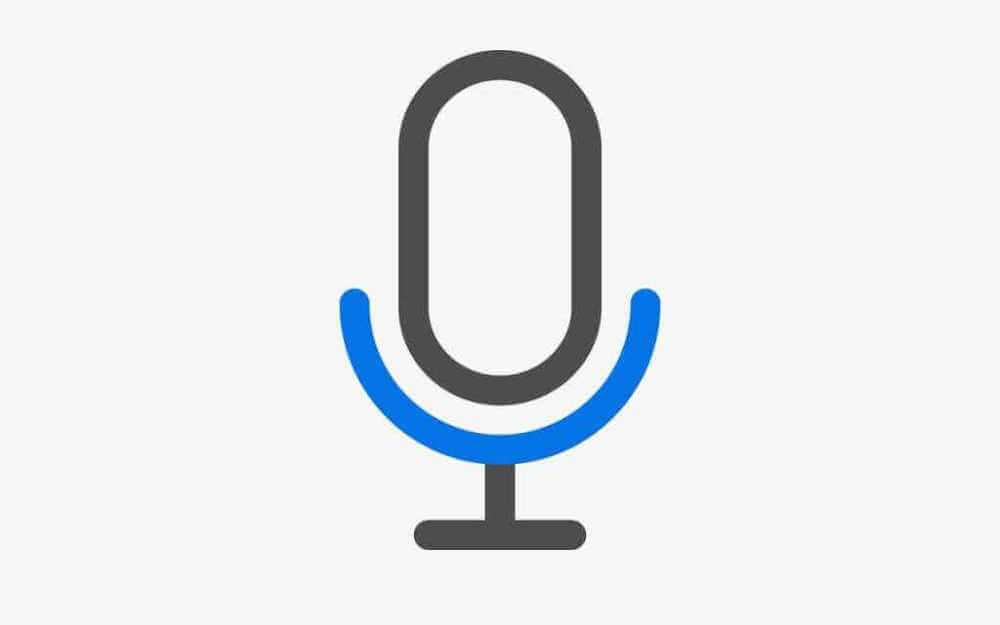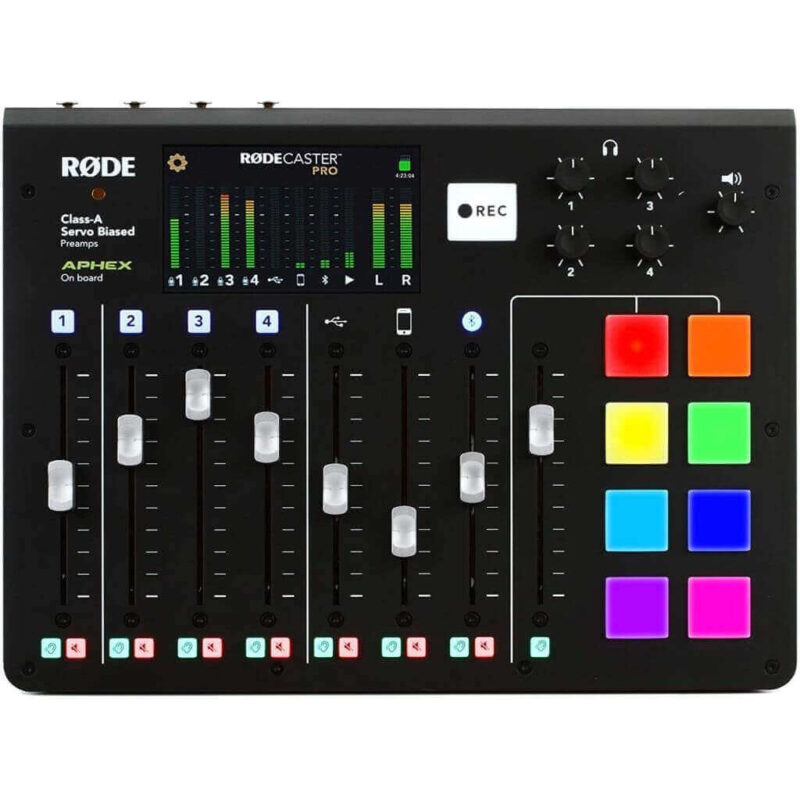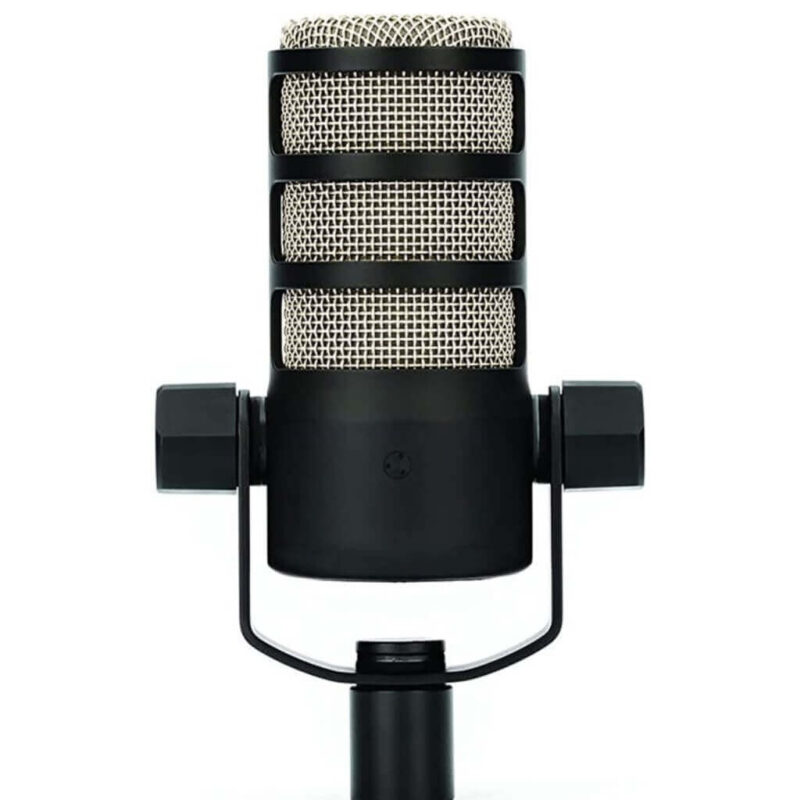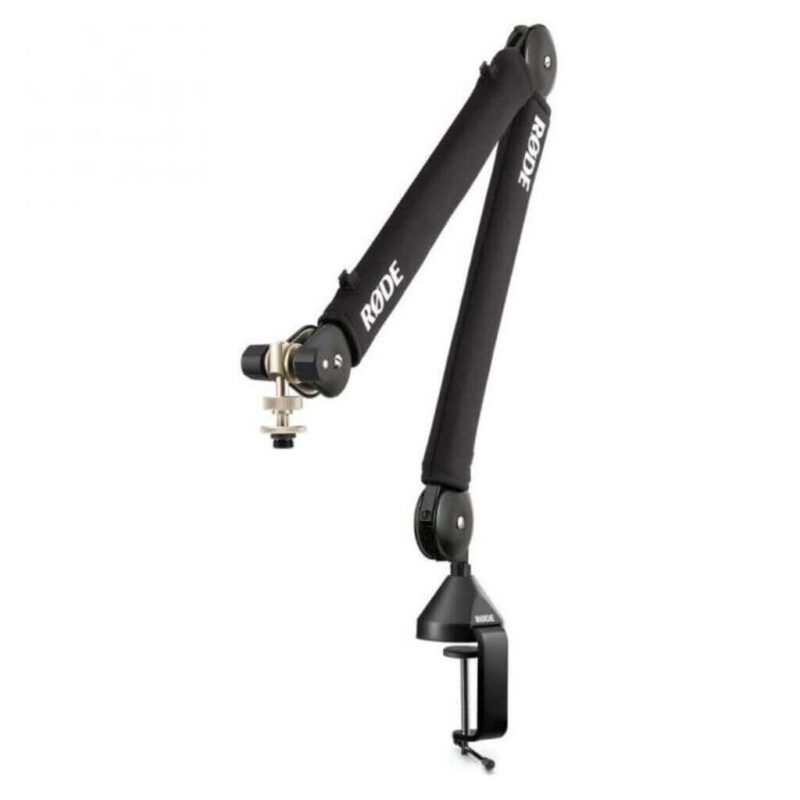Technology
How To Get The Best Podcast Gear In Kuwait ?
You’ve got the idea; now it’s time to bring it to life. In this guide, we’ll walk you through everything you need to know about podcasting gear: what you should get and why, how to get started with the basics, and more advanced tips for improving your setup. We’ll also recommend some of the best podcasting equipment available in Kuwait.
Microphone
Among the key considerations in your purchase decision here include microphone frequency response. This tells how low or high a mic can pick up sound. For example, if you’re recording vocals for an interview show, you’ll need a wider range than if you’re recording ambient noise for an outdoor podcast (in which case it doesn’t matter too much).
Another thing to consider is the polar microphone pattern. This tells you how directional or omnidirectional the microphone is-whether it picks up sound equally from all directions around it or whether its sensitivity is focused on one particular area (such as audio coming from directly in front of it). Omnidirectional mics have no polar pattern; they’ll pick up whatever direction the sound comes from without bias toward one side over another. Directional mics have a cardioid pattern meaning they are most sensitive when pointed toward the source of recorded speech. Bi-directional microphones are to use either via way-they will reject unwanted noise from behind them while still picking up speech from any direction around them except directly back at themselves!
The Rode broadcaster microphone is a broadcast-quality dynamic microphone for podcasting and other broadcast applications. It features a custom-engineered low-mass diaphragm for extended frequency response, increased sensitivity, fast transient response, and high SPL capability. The Rode PODMIC Broadcast-Grade Dynamic Microphone is built to the same professional broadcast standards as the legendary RODE studio microphones. It has an extremely low self-noise of 5dBA and features four high-quality Class A solid-state amplifiers with output level control. The Rode Broadcast Dynamic Vocal Microphone has a custom-engineered low-mass diaphragm for extended frequency response, increased sensitivity, fast transient response, and high SPL capability.
Pop Filter
A pop filter is an essential equipment for anyone who records voiceovers or podcasts. If you don’t have one, your recordings will sound very different from those done on professional equipment. Understanding why a pop filter is necessary helps to know a little about the physics of sound waves. When speaking or singing into a microphone, the sound waves your voice produces clearly reflect onto themselves by the diaphragm inside the microphone and then amplified so they can be heard through headphones or speakers. This creates what’s known as plosives-the popping sounds caused when airflow hits hard surfaces such as teeth and lips during speech production-which can distort your audio recording if left unchecked (and make you sound like an amateur).
Shock Mount
A shock mount is a rubber or foam device that can reduce the sound of keyboard clicks and other noises from your mic. They’re usually used in studios, but they’re also handy if you want to record outside of one. If you’re just starting out with podcasting, it’s worth getting a simple model without bells and whistles until you know what kind of recording conditions you’ll need to deal with. After all, there are no hard-and-fast rules when it comes to choosing a shock mount-the best ones boil down to personal preference! The best shock mounts for podcasting are the ones that don’t require too much setup and don’t take up too much space in your bag.
Headphones
Headphones are a must for any podcaster. They’re great for monitoring your audio quality, and they help you become more productive. Headphones are to listen to music, or they can work as a receiver (recording device). Good headphones will make the process much easier if you want to record audio from a microphone. Many different types of headphones are available: over-ear, on-ear, wireless, and wired, depending on your needs and budget. You might also consider noise canceling (NC) technology if there’s ambient noise around where you plan on recording.
Audio Interface
A good audio interface is essential to a podcast, allowing you to record your voice and music tracks. The interface is a device that connects the microphone to the computer. It converts analog sound into digital signals and then sends them over USB, FireWire, or Thunderbolt connections. You can use an audio interface to record multiple microphones at once, mix pre-recorded music tracks, or add effects like compression and EQ (equalization).
Conclusion
Hopefully, you now better understand how to get the best podcast gear in Kuwait. It can be overwhelming when first starting, but don’t worry. The more you practice and experiment with different equipment, the easier it will become for you to choose the right podcasting gear for your needs!
Here are some of the best podcast gear in Kuwait, available at I.T. Megabyte Computers




